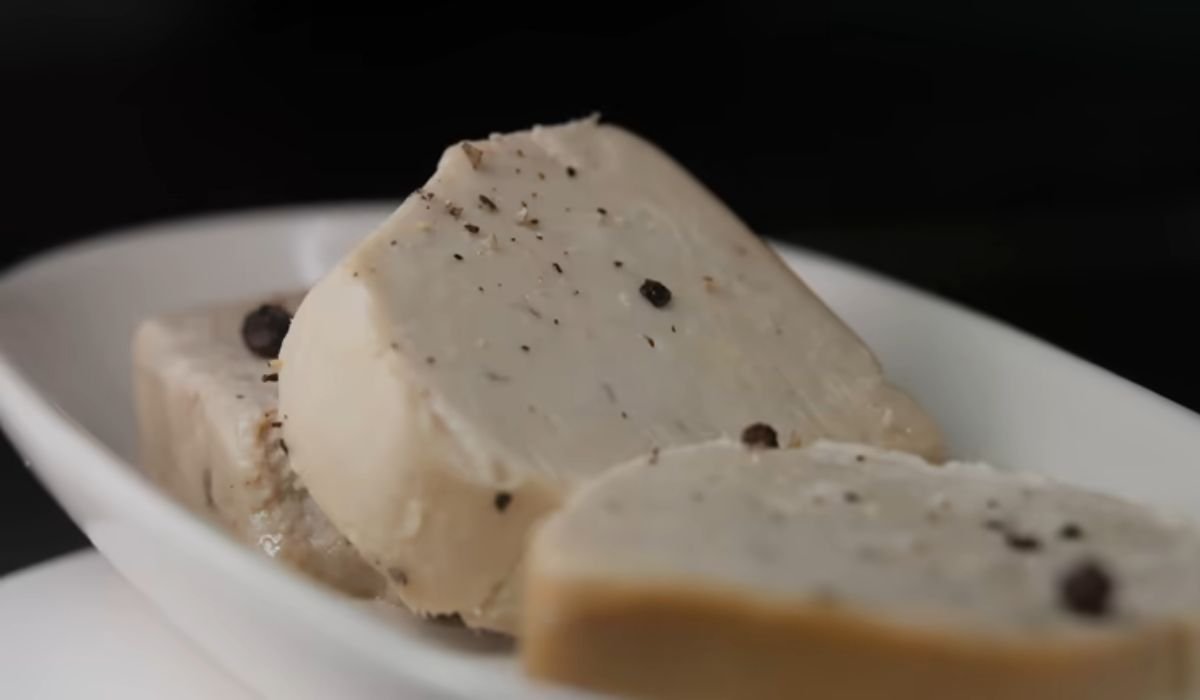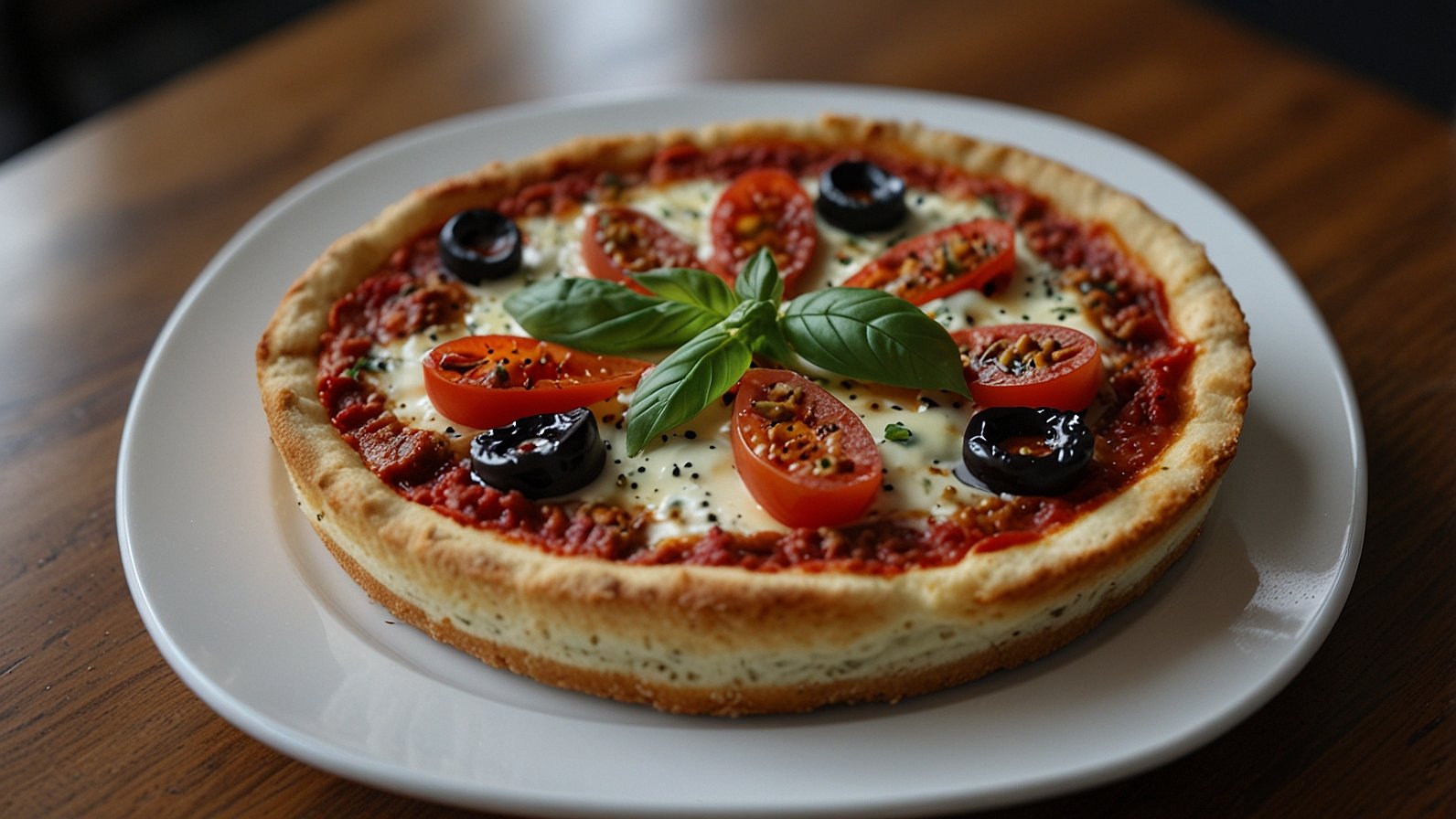When it comes to meat, understanding the difference between cured meats and non-cured meats is essential for making informed choices in both cooking and consumption. Curing is an age-old process that enhances the flavour, texture, and shelf life of meats, but how does it differ from non-cured alternatives? Beyond preservation, the artistry in seasoning is what makes cured meats truly unique. In this article, we’ll explore the key distinctions between these two types of meat and why cured meats continue to be a popular choice for many.
Understanding Cured Meats
1. What Are Cured Meats?
Cured meats are meats that have been preserved through the process of curing, which typically involves the use of salt, nitrates, and other curing agents. This process extends the shelf life of the meat while enhancing its flavour and texture. Common examples of cured meats include salami, prosciutto, and bacon. However, the magic of cured meats lies in the seasoning mix used in conjunction with the curing agents. This seasoning, often a carefully crafted blend of herbs and spices, gives each type of cured meat its distinctive flavour.
2. The Curing Process
The curing process involves several stages, starting with the application of salt and other curing agents to draw out moisture from the meat, which helps prevent bacterial growth. Over time, the meat is aged, and sometimes smoked, allowing it to develop rich, complex flavours. What truly elevates this process is the addition of the seasoning mix, a blend of spices, herbs, and flavours that transforms simple cuts of meat into culinary delicacies. This is why cured meats like salami or soppressata can taste vastly different from one another — each artisan’s unique seasoning mix gives the meat its own personality.
Exploring Non-Cured Meats
1. What Are Non-Cured Meats?
Non-cured meats, on the other hand, do not undergo the curing process. These meats are typically fresh and need to be cooked or consumed within a shorter time frame. While non-cured meats can still be flavorful, they lack the intense and concentrated taste profiles that cured meats develop through aging and seasoning.
2. Preservation and Flavour
Because non-cured meats are not treated with preservatives like salt or nitrates, they spoil faster and require refrigeration. The absence of the curing process means their flavours are often milder and more reflective of the meat’s natural taste. While this natural flavour can be desirable in certain dishes, non-cured meats lack the depth of flavour that cured meats gain through their intricate seasoning and drying process.
The Role of Seasoning in Cured Meats
What truly sets cured meats apart is not just the curing process but the seasoning mix that artisans use. This blend of spices and herbs is what gives each cured meat its signature flavour. From peppercorns to fennel seeds, garlic, and even wine, each cured meat is a testament to the creativity and skill of the artisan crafting it.
- Salami, for example, may feature bold pepper and garlic notes.
- Prosciutto often carries a delicate balance of salt and sweetness.
- Other cured meats like soppressata might include spicy paprika or fennel for an extra kick.
The variety of seasoning combinations ensures that no two types of cured meat taste alike, making cured meats not just a preservation method but a form of culinary art. This is why cured meats are beloved for their depth of flavour — the seasonings create complex profiles that non-cured meats simply don’t offer.
Key Differences Between Cured and Non-Cured Meats
1. Shelf Life
One of the most significant differences between cured meats and non-cured meats is their shelf life. Cured meats are designed to last longer due to the preservation techniques used, making them ideal for storage and consumption over extended periods. Non-cured meats, conversely, must be consumed relatively quickly to avoid spoilage.
2. Flavour Profile
The flavour profile of cured meats is often more intense and complex, with layers of taste that develop during the curing process and through the use of unique seasoning mixes. Non-cured meats, on the other hand, offer a more straightforward and natural flavour, which can be preferred in dishes where the meat’s inherent taste is the star.
3. Usage in Cooking
Cured meats are incredibly versatile and can be used in a variety of dishes, from charcuterie boards to pasta sauces. Their rich flavours add depth to recipes, making them a staple in many cuisines. Non-cured meats are typically used in more traditional cooking methods, such as grilling or roasting, where their fresh taste can shine.
Conclusion
Understanding the difference between cured meats and non-cured meats is essential for anyone interested in culinary arts or simply looking to enhance their meals. Whether you prefer the robust, seasoning-driven flavours of cured meats or the fresh taste of non-cured alternatives, both have their place in the kitchen. At Papandrea, we offer a wide selection of cured meats that exemplify the art of curing, with carefully crafted seasoning mixes that provide rich, flavorful options for every palate.
Explore our range of cured meats and buy cured meat online at Papandrea, where you’ll discover the true artistry behind these time-honoured delicacies.
YOU MAY ALSO LIKE: Understanding Ушановуємо Чилакілес: A Ultimate Comprehensive Guide











